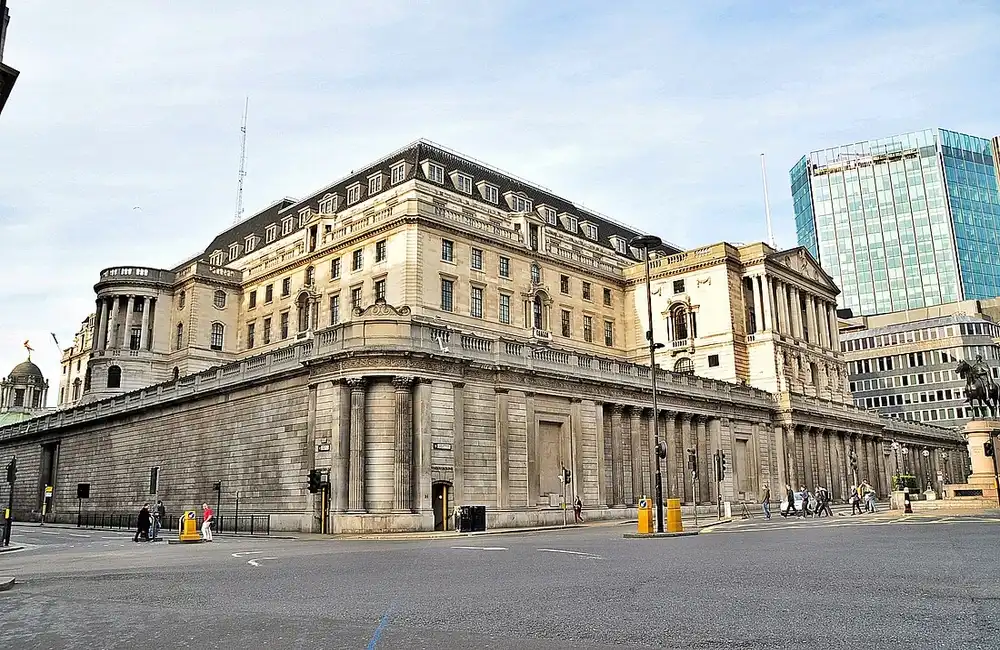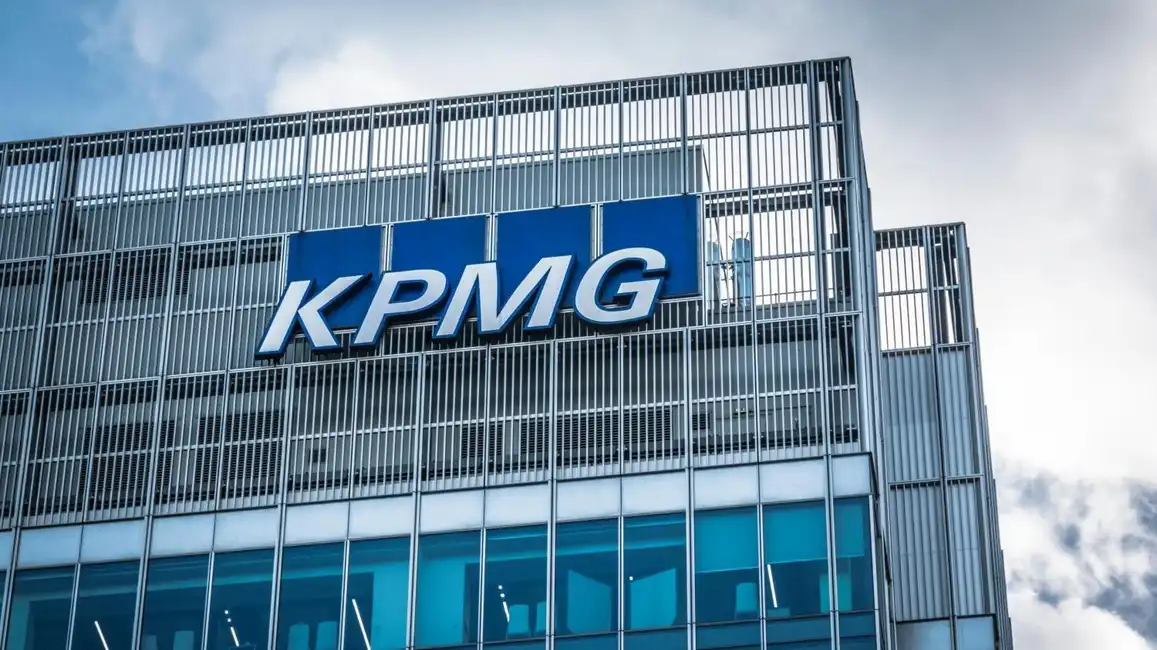The Office for Budget Responsibility (OBR) revealed a major revision to the UK economic outlook as it reduced the GDP growth prediction for 2025 from 2% to just 1%.
The latest economic update indicates that reduced productivity growth combined with declining business sentiment and outside economic pressures create a worrying outlook for the UK economy. UK investors along with fund managers and financial analysts must grasp the root causes of this downgrade together with its possible outcomes.
Our analysis focuses on the primary factors causing economic deceleration while examining their implications for future investment methods.
Factors Leading to the Downgrade
Structural Weaknesses in Productivity
The OBR now projects output per hour worked to fall 1.3% below previous expectations by the end of 2024. This gap results from persistent skill mismatches, regional imbalances, and insufficient tech or infrastructure investment, despite policy interventions.
Tax Hikes and Business Sentiment
- Employer National Insurance Contributions have increased employment costs.
- The national living wage rise pressures SMEs already operating on narrow margins.
These policies, while socially motivated, have weakened business sentiment and dampened hiring and investment intentions.
Economic Indicators and Business Confidence
Business confidence has dropped to its lowest level in two years. Rising operational costs and global trade uncertainty are driving this decline. Payroll reductions and fewer job vacancies also point to reduced consumer spending power, further slowing GDP growth.
Global Trade and External Pressures
Unpredictable U.S. Trade Policies
UK exporters continue to struggle under erratic U.S. trade measures, with some insiders claiming the impact rivals or exceeds that of COVID-19. Ongoing disputes hinder UK competitiveness and market access.
Broader Trade Implications
Post-Brexit challenges complicate global trade for UK firms. Supply chain disruptions, currency instability, and delayed agreements have hurt export-driven industries, especially manufacturing and automotive.
Investment Outlook
Sector Resilience and Vulnerabilities
- Opportunities: Tech and automation firms, and green energy projects supported by UK sustainability policy.
- Risks: Retail and leisure sectors face major demand volatility due to reduced discretionary spending.
Monetary Policy Adjustments
While inflation is still a concern, the Bank of England may explore interest rate cuts to stimulate growth. These moves will directly affect bond yields, corporate lending, and liquidity levels.
What This Means for Investors
Key Takeaways
The OBR's revised GDP forecast of 1% for 2025 highlights serious macroeconomic challenges. Investors must respond with disciplined, research-based strategies to mitigate risk and preserve capital.
Suggested Strategies
- Diversify by sector: Focus on defensible, growth-oriented sectors like tech and renewables.
- Track policy shifts: Fiscal and monetary developments will create both risk and opportunity.
- Prioritise fundamentals: Invest in businesses with solid cash flow and financial resilience.
Final Thoughts
Investors face a cautious environment as the UK grapples with productivity stagnation and policy-driven headwinds. Those who monitor trade trends, productivity reforms, and central bank signals will position themselves best to manage volatility and identify emerging opportunities.
Now is the time for deliberate action, flexibility, and informed analysis to turn macroeconomic uncertainty into a strategic advantage.


















